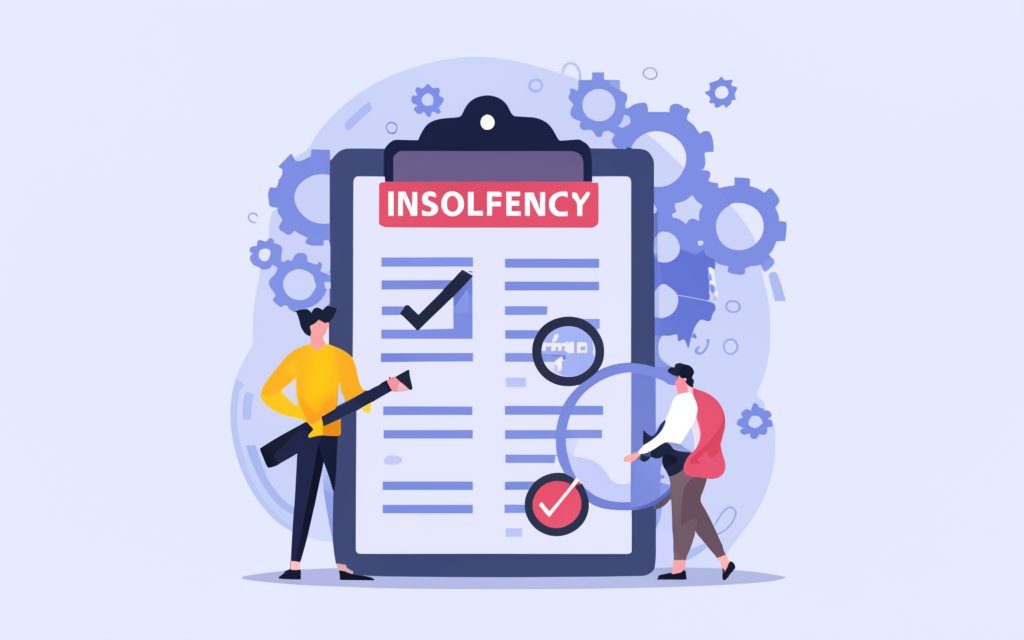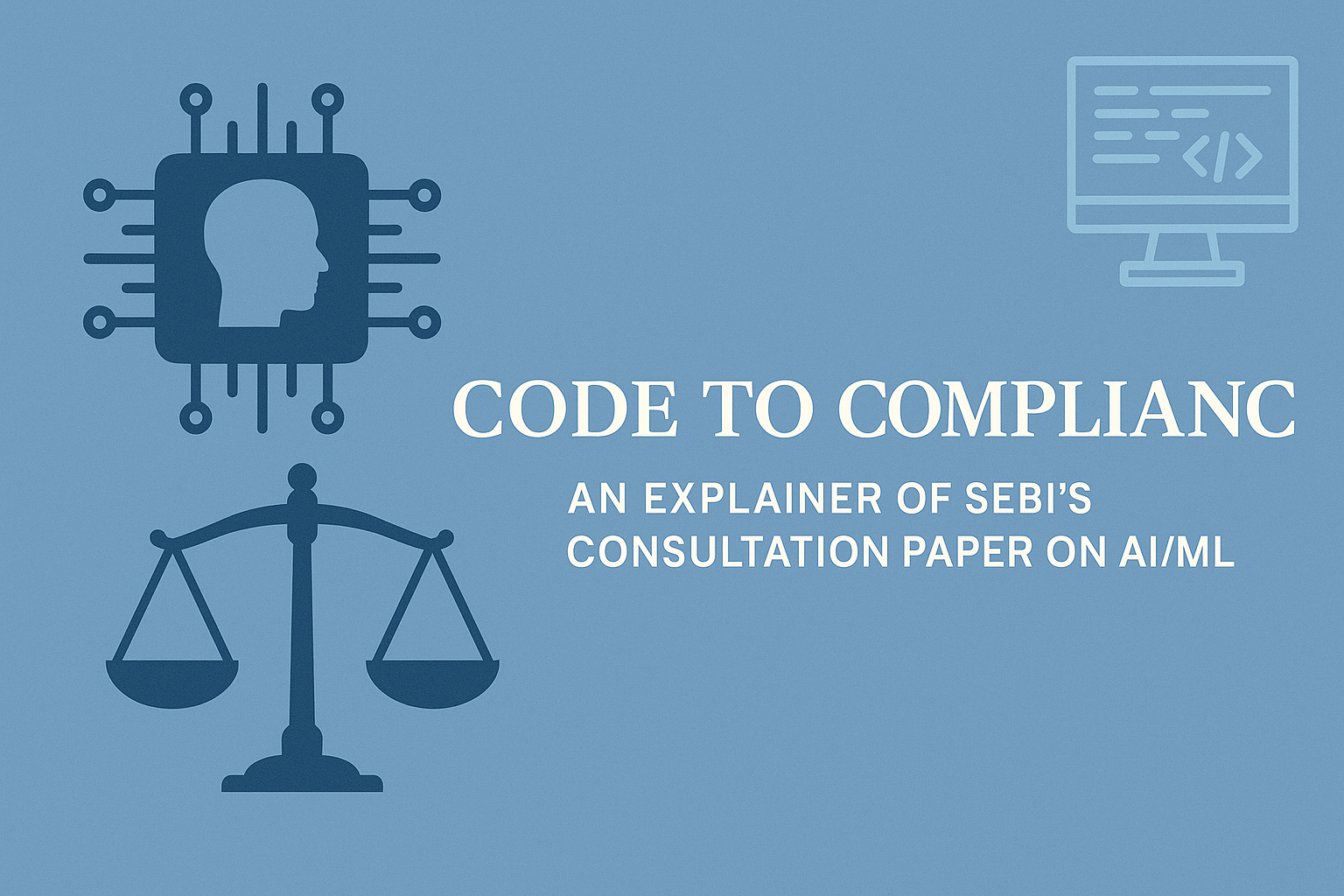|
Powered by AltAlpha AI
|
The Insolvency and Bankruptcy Code (IBC) stands as a cornerstone legislation in India, strategically crafted to contemporize and enhance the nation’s insolvency and bankruptcy processes. The essence of insolvency law lies in the delineation of the priority order, commonly referred to as the “waterfall mechanism” meticulously outlined in Section 53.
A critical aspect within the hierarchy of secured creditors revolves around the question of whether statutory claims, fortified by provisions in corresponding laws conferring Government secured creditor status, will be granted equal standing alongside other secured creditors. However, under Section 53(1)(e) of the act, they possess possibility of moving to the fifth position of priority, giving rise to ambiguity in its application.
This state of ambiguity has been discussed many time but was looked into in detail in two pivotal Supreme Court decisions. The first ruling took place on 6 September 2022 in the case of State Tax officer (1) v. Rainbow Paper Limited while the second ruling took place subsequently in Paschimanchal Vidyut Vitran Nigam Ltd. V. Raman Ispat Private Limited & Ors on 17 July 2023.
Initially, the ruling in Rainbow papers established a definitive stance stating that the Government qualifies as a “secured creditor” under the IBC. This recognition is grounded in the ‘security interest’ created under the Gujarat Value Added Tax Act (“GVAT”). The consequential alignment of workmen’s dues with those of secured creditors implies equitable positioning of State debts alongside those owed to workmen, as stipulated under Section 53(1)(b)(ii).
In the later judgement of Raman Ispat, the Supreme Court went into greater detail regarding repayments of due amounts to the government during the insolvency process and expounded that, those amount payable to the Consolidated Fund of the State or the Consolidated Fund of India must be accorded a ranking equal to that of secured creditors who have not relinquished their security interest. When comparing both judgements the latter seems to add a more specific application on the repayment of government debt based on specific factual context. By reducing the wide scope placed under the Rainbow papers judgement the Supreme Court brought relief to various stakeholders.
The legal development on 31 October 2023, in the case of I, 2023, exhibits a significant event where the Supreme Court of India, through its powers of review under Article 137 of the Constitution, conducted what is known as the “Rainbow Review.” This review upheld and reaffirmed the viewpoint expressed by a prior bench of the Supreme Court in the case of State Tax Officer (I) v. Rainbow Papers Limited, commonly referred to as the “Rainbow Judgment.”
The acknowledgment and reaffirmation of the Supreme Court’s perspective through the Rainbow Review carry significant implications, potentially influencing the landscape of how dues to the Government or governmental authorities are treated in insolvency resolution proceedings under the IBC. In a systematic analysis, the article delve into the intricacies of the SC ruling, taking into account the structural nuances of the IBC, legislative and policymaking intent, and relevant past precedents. This comprehensive examination aims to provide insights into the potential impact and implications of the reaffirmed perspective on the treatment of government dues in the context of insolvency resolution proceedings.
Meaning and Importance of ‘Waterfall mechanism’ under IBC
The prioritization of claims, or the waterfall mechanism, constitutes a fundamental aspect of insolvency laws. Within this framework, secured creditors are accorded precedence over operational creditors and government dues. The mechanism sequentially designates the priority of payment distribution during liquidation among various stakeholders. The payment hierarchy under the IBC is defined in section 53, prioritizing Insolvency Resolution Process Costs and Liquidation Costs as the Foremost considerations. At the second tier of the waterfall mechanism, Workmen’s dues for the 24 months leading up to the commencement of liquidation and debts owed to secured creditors hold an equal position. In contrast, operational creditors and government dues assume a lower position in the waterfall, comparatively less prioritized than financial creditors.
The Supreme Court has consistently upheld this position in numerous rulings. In the case of PR Commissioner of Income Tax v. Monnet Ispat and Energy Limited, the Court determined that income tax dues, classified as crown debts, do not supersede the claims of secured creditors, who hold a private status. Following this reasoning, in the case of Moser Baer Karamchari Union v. Union of India & Ors., the Hon’ble Supreme Court emphasised the necessity of priority payments as stipulated in the IBC. In liquidation proceedings, the court highlights the nuanced design of the IBC, providing options for secured creditors while carefully balancing their concerns alongside those of other creditors.Top of Form
The legal landscape shifted significantly after the Supreme Court’s Rainbow Papers Ruling, disrupting established norms. Unlike prior decisions, the Court emphasized the non-obstante clause of the Gujarat Value Added Tax (GVAT) Act, asserting that a ‘security interest’ under the IBC can arise through the operation of law, endowing government authorities with ‘secured creditor’ status. This ruling sparked upheaval in the IBC framework, prompting state tax departments to refile claims, seeking parity with top-priority secured creditors. The apprehensions arising from this verdict were reflected in the Ministry of Corporate Affairs (MCA) discussion paper issued on January 18, 2023. To strengthen the Code’s frameworks, the MCA suggested measures to elucidate the handling of security interests established by statutes directly within the Code.
Deciphering the Hierarchical Conundrum Between Secured Creditors and Tax Duties
The consistent affirmation of prioritizing secured creditor obligations over tax liabilities has been established through several past judgments.Top of Form Notably, the Supreme Court has underlined the primacy of the IBC above taxation in two specific cases: Sundaresh Bhatt v. Central Board of Indirect Taxes and Customs and PR Commissioner of Income Tax v. Monnet Ispat and Energy Limited. The initial case held that the IBC holds precedence over the Customs Act in the earlier case, notwithstanding the latter’s statutory impediment in favour of customs officials. In the latter, the Court maintained the stance of secured creditor duties, stating that income-tax dues, known as Crown Debts, do not supplant private secured creditors. The jurisprudential backdrop further emphasizes that the common law approach favouring Crown obligations does not extend to prioritizing them over secured private creditors. Despite the significance of these rulings, it is important to note that the both cases did not have taken into account in the understanding in the Rainbow Papers case, underscoring a gap in their application and impact on current legal discourse.
The term ‘security interest’ is to be understood in connection with the definition of ‘transaction.’
In the verdict concerning Rainbow Papers, the Supreme Court affirmed that Stat tax department’s classification of “security interest” within the scope of Section 3(31) of the IBC. Notably, the Court emphasized the broad scope of the IBC’s definition of a ‘secured creditor,’ explicitly stating its inclusivity to various forms of security interests. Importantly, the Supreme Court clarified that government or governmental authorities are not exempted from this definition, signifying their eligibility as secured creditors.
However, a meticulous understanding of the legal framework is essential to grasp the distinctions in interpreting ‘secured creditors’ under Section 3(30) and ‘security interest’ under Section 3(31) of the IBC. Consequently, holding the status of a ‘secured creditor’ requires a corresponding ‘security interest.’ Section 2(31) of the IBC defines ‘security interest’ as a right, title, etc., established through a ‘transaction’ for securing compensation or performance, defined as a documented agreement for asset, fund, goods, or service transfer involving the corporate debtor. This demonstrates how ‘security interest’ in debt collection regulations under the IBC is inseparably associated with mutually agreed upon agreement
Importantly, the conceptual framework of ‘security interest’ excludes coercive or non-consensual actions, like property attachment by revenue officials. Despite tax law attachments creating a statutory charge, they don’t confer ‘secured creditor’ status. Therefore, a tax authority’s charge under tax laws doesn’t qualify as ‘security interest’ in any context.
IBC must be amended to provide equitable scheme of distribution through a separate waterfall mechanism
The Insolvency and Bankruptcy Code holds a preeminent sway and possesses a prevailing influence over any conflicting law, as stipulated by Section 238 of the IBC. In the context of the Rainbow Paper ruling, it appears that the Supreme Court has significantly downplayed the extent of the IBC’s reach in an effort to harmonize both legislations and avert conflicting outcomes. The observed disputes during the Corporate Insolvency Resolution Process (CIRP) prompted concerns about inequitable distributions among creditors, leading the MCA to propose amendments through a discussion paper dated 18 January 2023. The proposed amendments include introducing a separate ‘waterfall mechanism’ in the CIRP to ensure a more equitable distribution process for all stakeholders.
The discussion paper also addresses the treatment of government dues, proposing that all obligations due to both the Central and State Governments, irrespective of whether or they are considered secured creditors by statute, be treated on par with other unsecured creditors.
Furthermore, it is suggested that the government retain secured creditor status only when the security interest is established by an agreement between the corporate debtor and the government.
Concluding Remarks
The ramifications of the Rainbow Judgment, along with the subsequent dismissal of the Rainbow Review, have left liquidators grappling with a perplexing dilemma. The unprecedented shift in the treatment of government claims, now enjoying precedence over other creditors, places a considerable onus on Resolution Professionals (RPs) to engage in meticulous due diligence. It is noteworthy that past liquidations might have already concluded, resulting in substantial distributions.
The crucial aspect to grasp is that, with the potential conferred by statutes to grant secured creditor status, the government retains the authority to bestow such a status through amendments. This underscores the urgency for lawmakers to intervene promptly. The failure to address this gap in legislation could prove to be financially burdensome, disrupting both ongoing and completed liquidations.
Considering that a substantial portion of liquidations has surpassed two years, exceeding 55%, any lingering uncertainty surrounding this pivotal provision of the law poses a significant risk to the stability and integrity of the insolvency and bankruptcy process. Therefore, timely legislative intervention is not only advisable but imperative to ensure the continued efficacy and fairness of insolvency proceedings.






